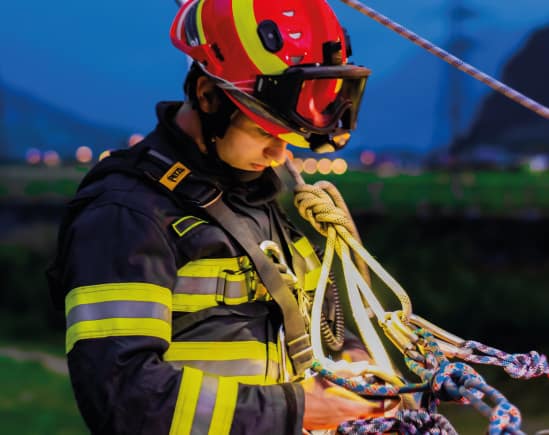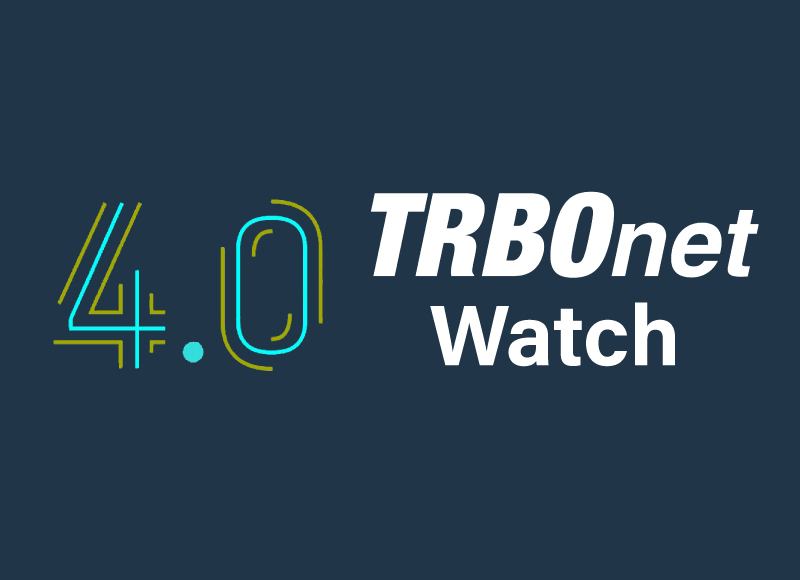

Six points to factor into your decision making process when selecting a professional push-to-talk application.
Published: 4th May 2021
Estimated reading time: 4 minutes
Many BBPTT applications claim to turn your smart device into a two way radio. How do you know which application to select for your organisation and can it support your operational and safety requirements?
For a professional business setting in either the private or public sector, many ‘push to talk’ applications often fail in their promise to deliver instant communication, information sharing, or emergency calls. A robust BBPTT application should have an option to be managed professionally and have high availability resilient deployment architecture to allow a connection across different devices (inc. BOYD), networks, and locations, along with an extensive array of MCPTT-based features for mission critical and business communications.
We have created six points to factor into your decision making process:
1. Is my data secure?
The first point in the decision making process when looking to adopt any new PTT technology is how it will keep your organisation’s data safe and secure. End-to-end it must have the ability to protect your device, network application layers, and the data generated, allowing confidence with sharing whilst maintaining compliance.
A professional BBPPT and MCBBPTT system will be encrypted to AES256 for all push-to-talk (PTT) and push-to-video (PTV) services and should deliver a comprehensive service hosted in ISO27000 accredited UK data centres. For example, Airsys.Cloud’s LWP Bolt-On is a BS8484:2016 compliant Lone Worker Protection (LWP) Service.
2. Does it support emergency features?
Most professional BBPTT apps will offer a lone worker and/ man-down facility to send an alarm to other team members or a central dispatch/monitoring station. Whilst remote user checks allow supervisors to remotely monitor the health of a user’s device including battery status, signal, and location.
In addition, it should have an emergency call function allowing a user to request immediate support. This functionality gives the user a swift way of raising an emergency call, sending the request automatically to the right place, and if it isn’t answered by the recipient or monitoring station it redirects to its next pre-defined recipient.
3. Can it offer more than just a push to talk facility?
A professional software application will allow you to easily share texts, documents, multimedia, and stream live video seeing events in real-time, bringing more depth and unity to your new software application. This function can be carried out via designated groups or one to one whilst still having the ability to access all of your existing applications on your smart device.
Other support features for mission-critical scenarios are often available and can boost responses such as dispatchers being able to request remote access and stream video from other users.

4. Will it keep track of my workforce?
Dispatchers play a pivotal role in monitoring your workforce. A business ready PTT software application should have the ability to connect into a central dispatch suite that can be monitored by designated team members or a central control room. With on cloud options, you can have secure access anytime, anywhere. Your PTT systems can be managed online using your browser, freeing you from maintenance and manual software updates (on-premise options are also available if required) thus lowering the total cost of ownership.
Using the dispatch module’s flexible framework you should be able to monitor and track employees both indoors and outdoors without the need for additional fixed infrastructure or devices, allowing you to allocate the closest team member geographically to support a request or an emergency. A ‘location-based temporary groups function’ can also be utilised to add and remove members of talk groups as the users enter or leave a pre-defined area.

5. Can it compliment and unify our current communication systems?
A well-developed BBPTT/MCPTT PTT app should allow you to leverage the technologies you already have in place, for example, a smart device user should be able to join any existing DMR/LMR/LTE two-way radio talk groups when required and communicate with the central control room. By creating a unified solution your incumbent equipment works harder and smarter.
Do your employees bringing their own mobile devices to work? This solution allows for new devices to be added and removed as and when required.

6. What reportability features does it have?
For centralised support, a professional PoC PTT solution should offer a reporting template that will support the management of your resources and coordinate an effective operation. As an organisation, you should have full traceability for every activity on your cloud BBPTT PoC solution. Data gathered can include timestamps, GPS locations, videos, and images which can be defined by the user; date, day, and time. This may help you identify problem areas you would not have otherwise known about and enables you to make proactive suggestions to enhance and support your organisation’s KPIs.
In summary.
A professional BBPTT service creates unity seamlessly whereas cellular phone systems require another level of synchronicity. Adopting technologies such as BBPTT can help you in retaining your interoffice connection and eliminate communication barriers for remote workers are now a key consideration for adaptability.
With leading manufacturers such as Motorola Solutions, Entel, Hytera, Airsys Cloud, and TAIT there is now a diverse range of professional broadband push-to-talk / push to talk over cellular solutions that offer a route to unified communications. Adapting to your organisation’s specific requirements users can choose from a range of end-user devices or use the communication tool they are already familiar with. It is now one of the quickest paths for a team to connect and communicate together, increasing clarity and improving situational awareness.
Read more
Your BBPTT journey with Radiocoms Systems Ltd.
Stage One – It all begins with a strategy – assessing your requirements, opportunities and pain points. By
understanding your goals we can define a plan of action.
Stage Two – Discovery and analysis will identify gaps and requirements, the required processes,
and technology is assessed to ensure the end deployment can be successfully fulfilled.
Stage Three – Our planning and design stage will set out a personally designed transformation,
including an implementation plan, solution trials and agreed migration/integration format.
Stage Four – Agree required features and management tools, performance monitoring and SLAs (if required).
Stage Five – Solution deployment, and end user training. Our continuous improvement model ensures that your
system will evolve to support your organisations changing requirements.
Let’s start a conversation
If you would like further information, or to discuss your requirements onsite:
Book An Appointment | Arrange A Quotation | Call 033 3939 0022











